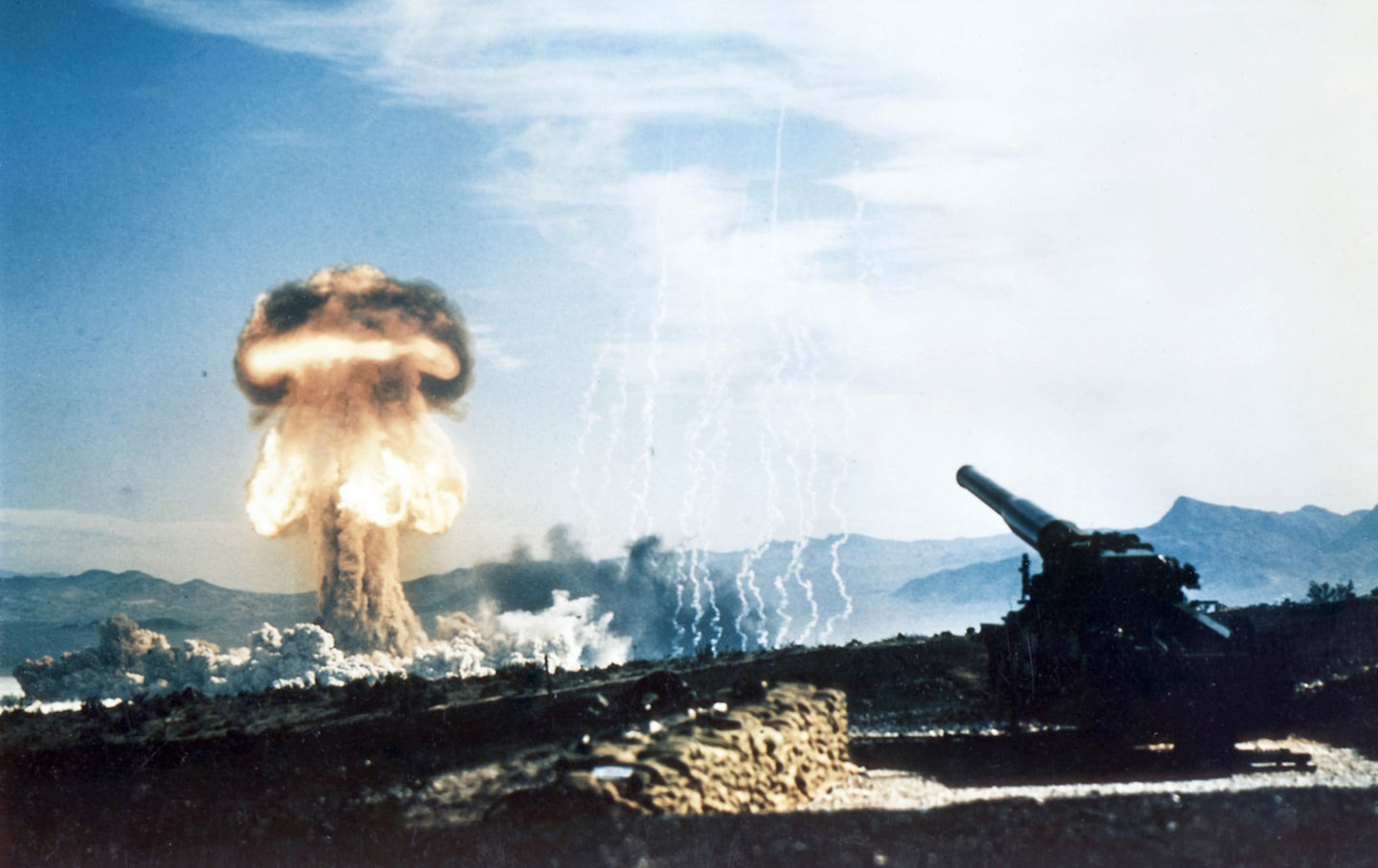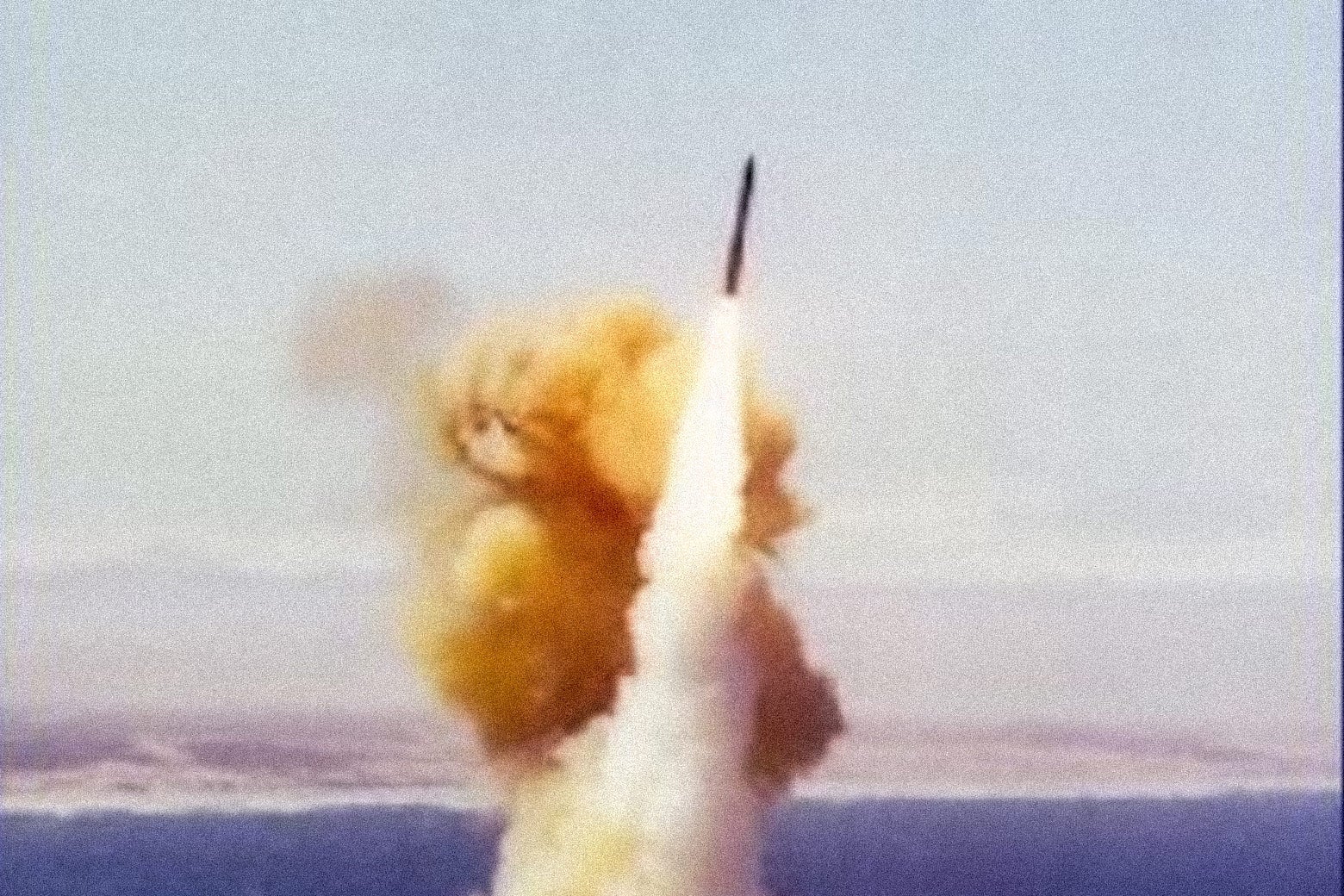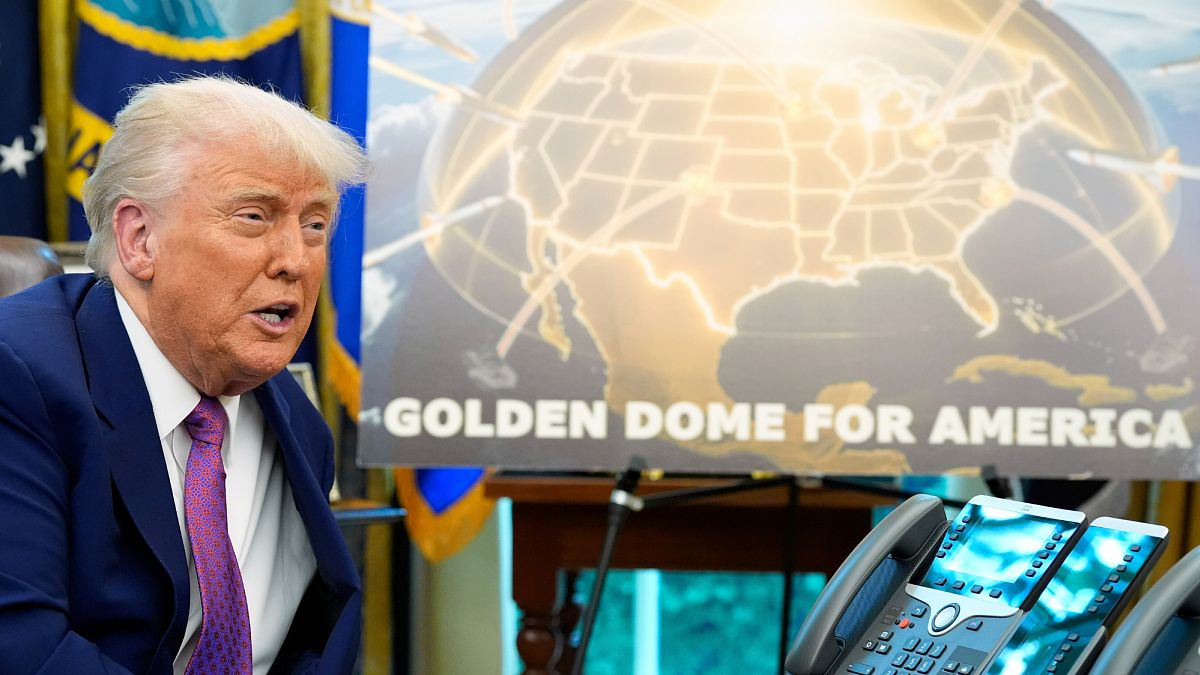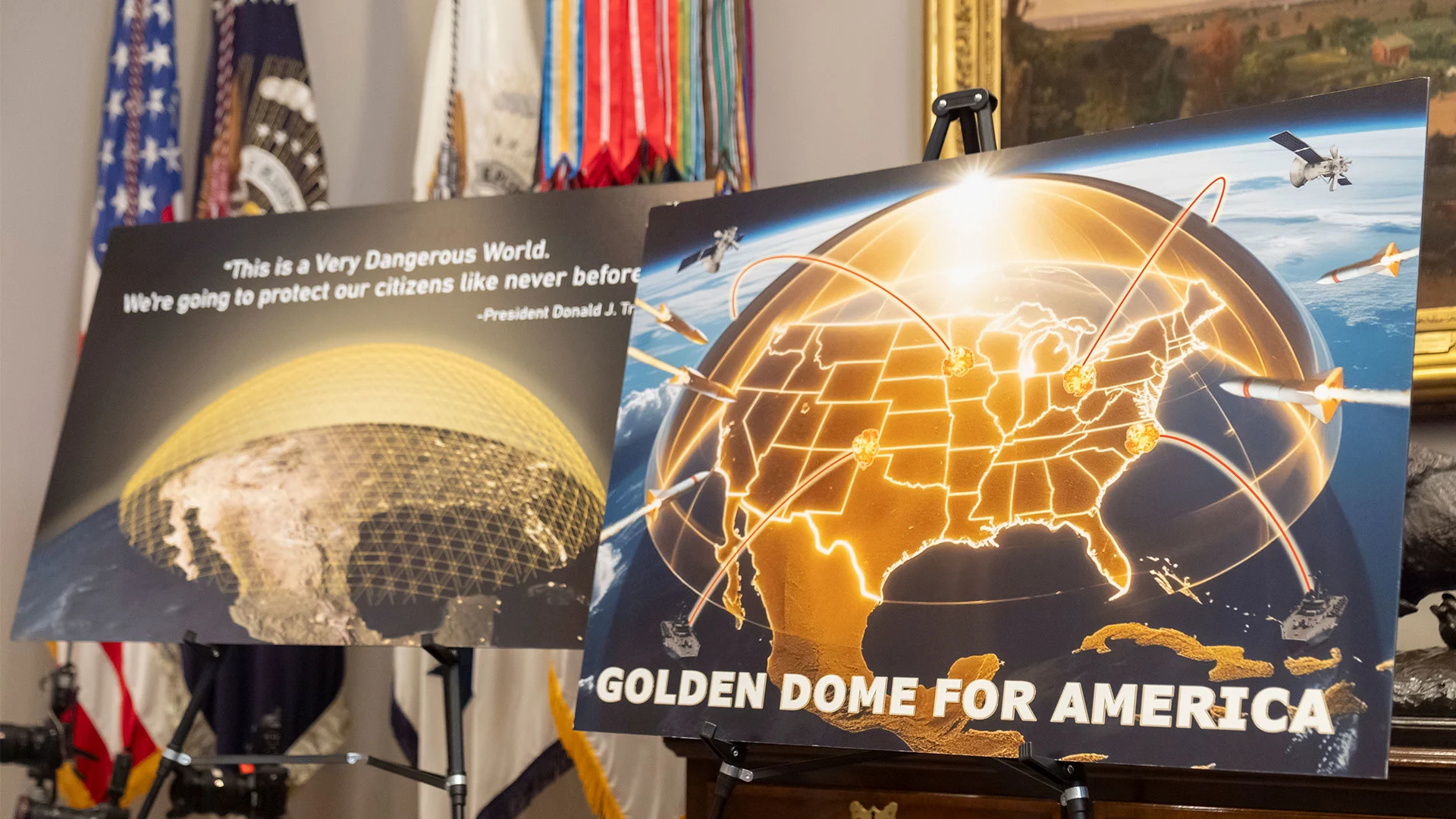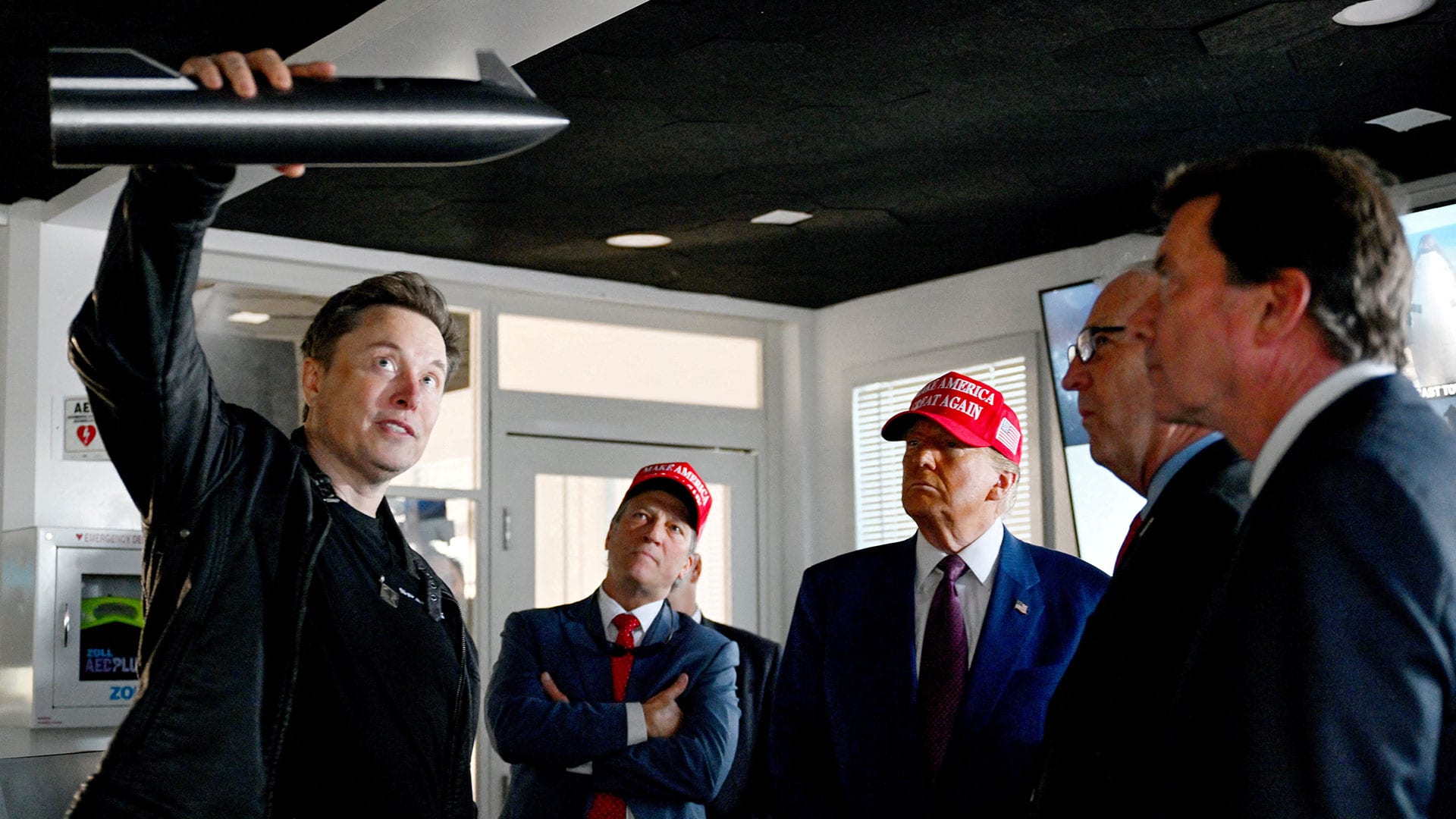#missile-defense
#missile-defense
[ follow ]
fromwww.theguardian.com
1 month agoMommy's got her phone': A House of Dynamite is good on nuclear threat and great on smartphone reliance
However, one technological aspect of A House of Dynamite less in dispute whether or not you are a nuclear expert is the prominent role mobile phones play in the unfolding crisis. They serve as a touchstone across the film's three-part narrative, helping ordinary viewers more fully enter an extraordinary situation. After all, whether it's an iPhone, Android or other model, everyone has their own hotline now.
Film
fromThe Atlantic
1 month agoThe Military's Missile-Defense System Cannot Be as Good as It Says
The Defense Department is notoriously picky about films that depict military and national-security issues, and understandably so. Many movies that feature the military get a lot of things wrong, including innocent flaws such as actors who are the wrong age for the rank on their costume, or scripts that invent procedures or terms that don't exist. Sometimes, the Defense Department cooperates with Hollywood and provides advice; other times, it takes a pass, especially if the subject raises touchy issues.
Film
US news
fromwww.theguardian.com
1 month agoA House of Dynamite writer respectfully disagrees' with Pentagon's complaints about nuclear missile thriller
A movie depicts US ground-based interceptors failing to stop a nuclear strike, prompting Pentagon objections and filmmakers defending the depiction as accurate.
fromwww.theguardian.com
1 month agoKathryn Bigelow responds to Pentagon criticism of A House of Dynamite: I just state the truth'
The fictional interceptors in the movie miss their target and we understand this is intended to be a compelling part of the drama intended for the entertainment of the audience, but results from real-world testing tell a vastly different story. The memo added that the US's missile interceptors have displayed a 100% accuracy rate in testing for more than a decade. Yet external agencies have disputed this claim.
Film
fromArs Technica
2 months agoTrump's Golden Dome will cost 10 to 100 times more than the Manhattan Project
The numbers necessary to achieve this kind of muscular defense are staggering: 85,400 space-based interceptors, 14,510 new air-launched interceptors, 46,904 more surface-launched interceptors, hundreds of new sensors on land, in the air, at sea, and in space to detect incoming threats, and more than 20,000 additional military personnel. No one has placed missile interceptors in space before, and it will require thousands of them to meet even the most basic goals for Golden Dome.
US politics
#national-security
Washington DC
fromTruthout
6 months agoElon Musk's SpaceX Among Bidders to Build Trump's $175 Billion "Golden Dome"
The Golden Dome missile defense system may cost more than $800 billion over 20 years, raising concerns about its feasibility.
Experts question the practicality and timeline of Trump's proposed Golden Dome initiative.
fromTruthout
5 months agoMilitarists Are Carrying the Day in the Battle Between Welfare and Warfare
Over the last 60 years, the United States has spent more than $350 billion on efforts to develop a defense against nuclear-armed ICBMs. This effort has been plagued by false starts and failures, and none have yet been demonstrated to be effective against a real-world threat.
US politics
fromBusiness Insider
5 months agoQatar shielded a US base from Iranian missiles. Here's what's in their air defense arsenal.
Qatar's air defenses successfully intercepted Iranian missiles targeting a US military base on Monday, showcasing its advanced capabilities alongside US-operated systems.
US news
[ Load more ]
